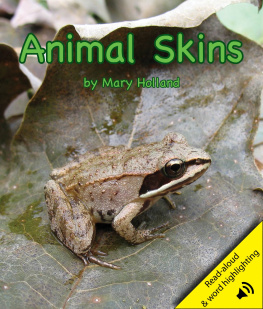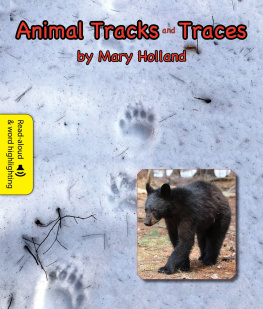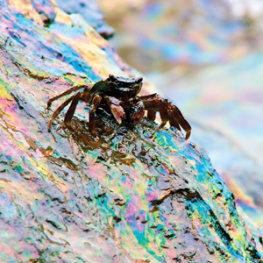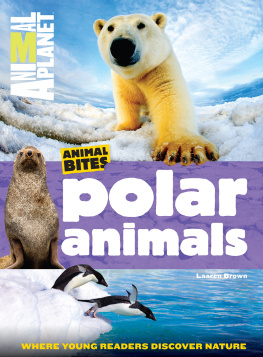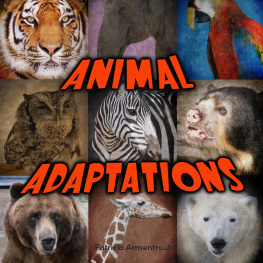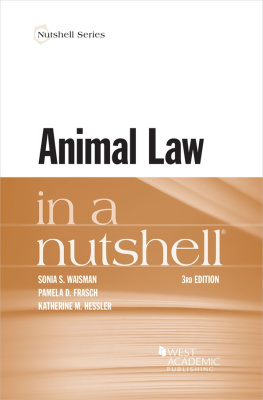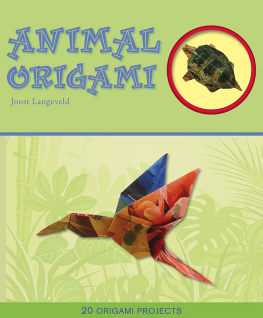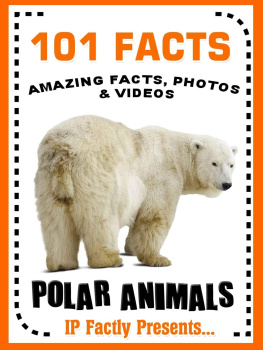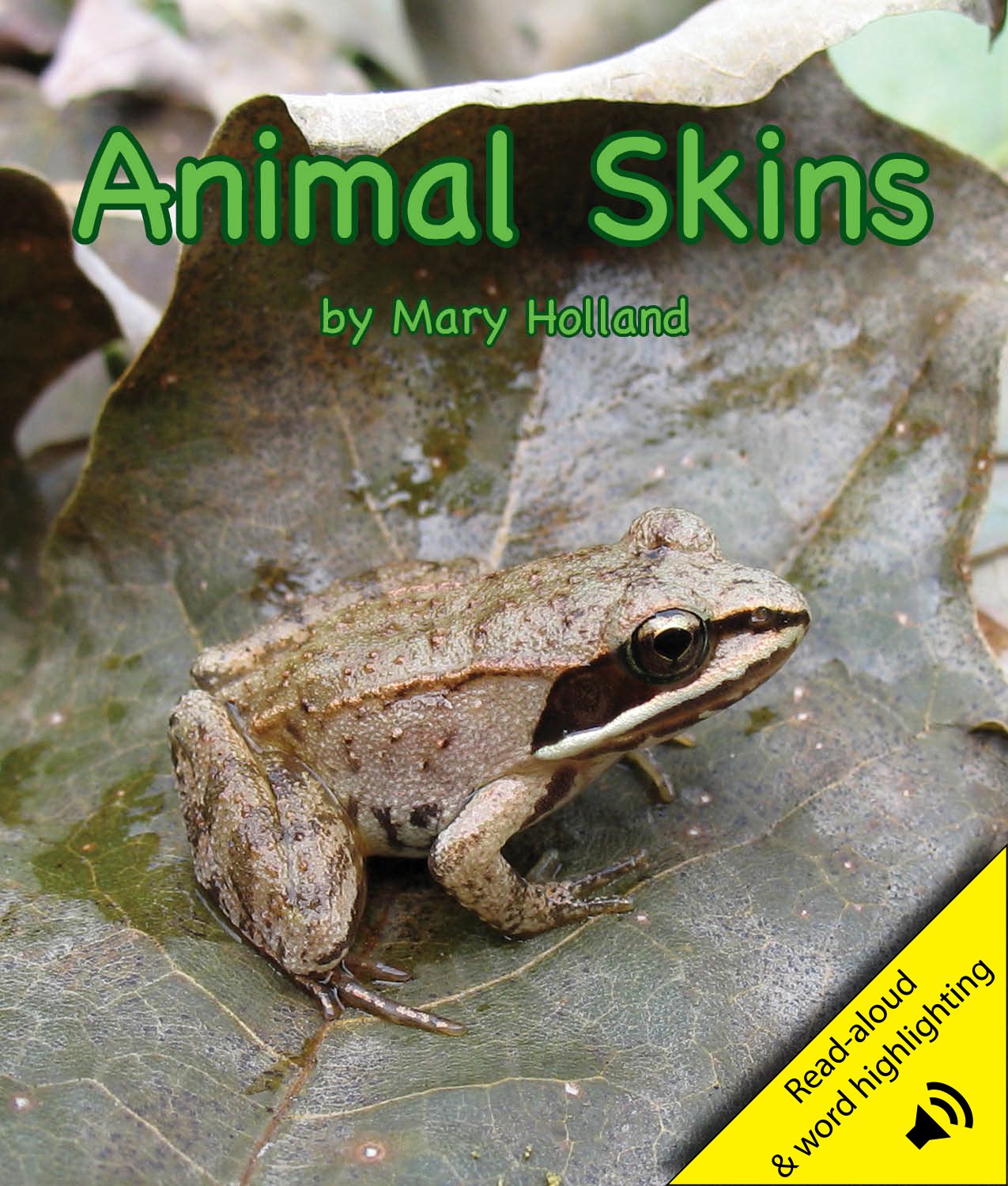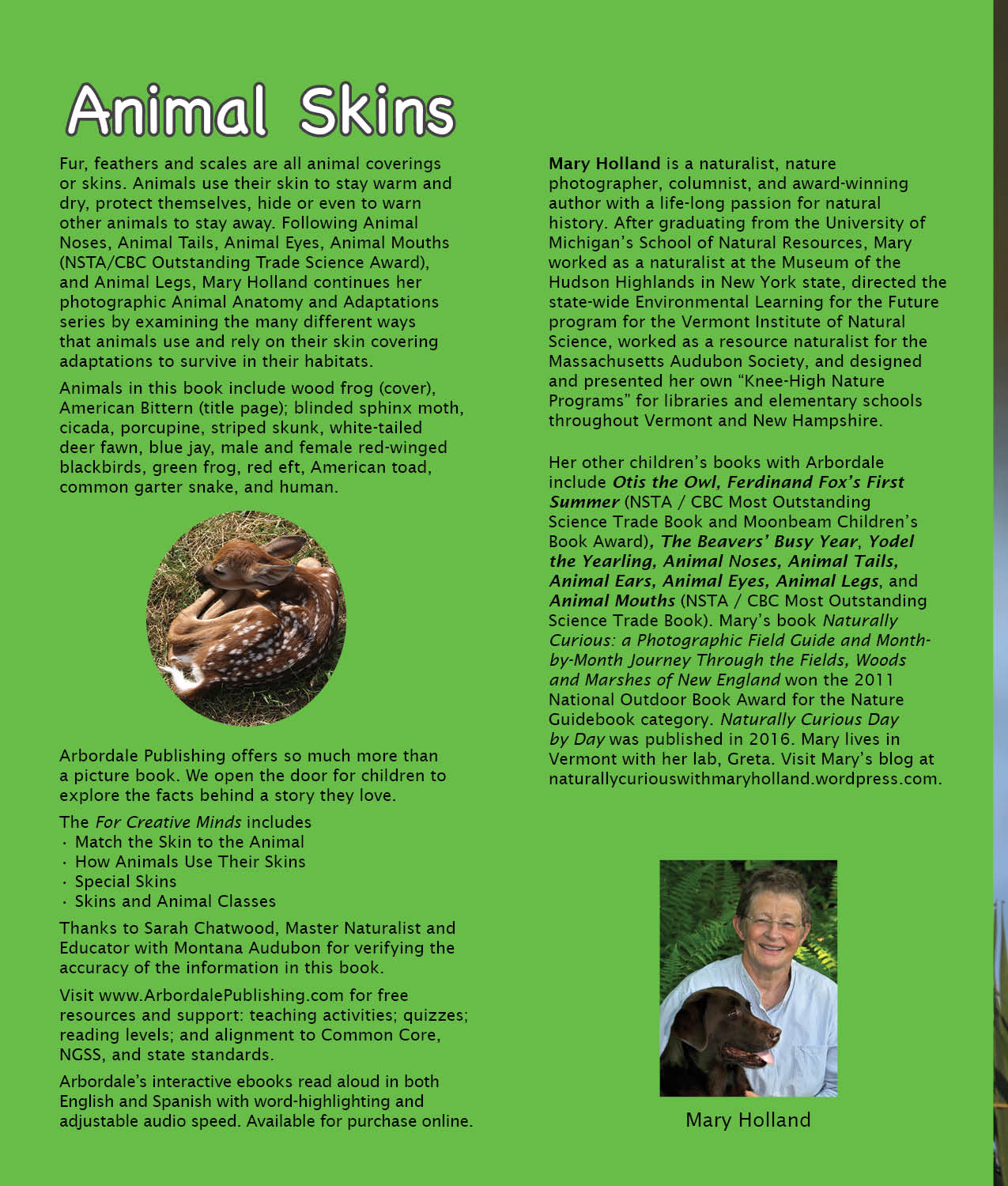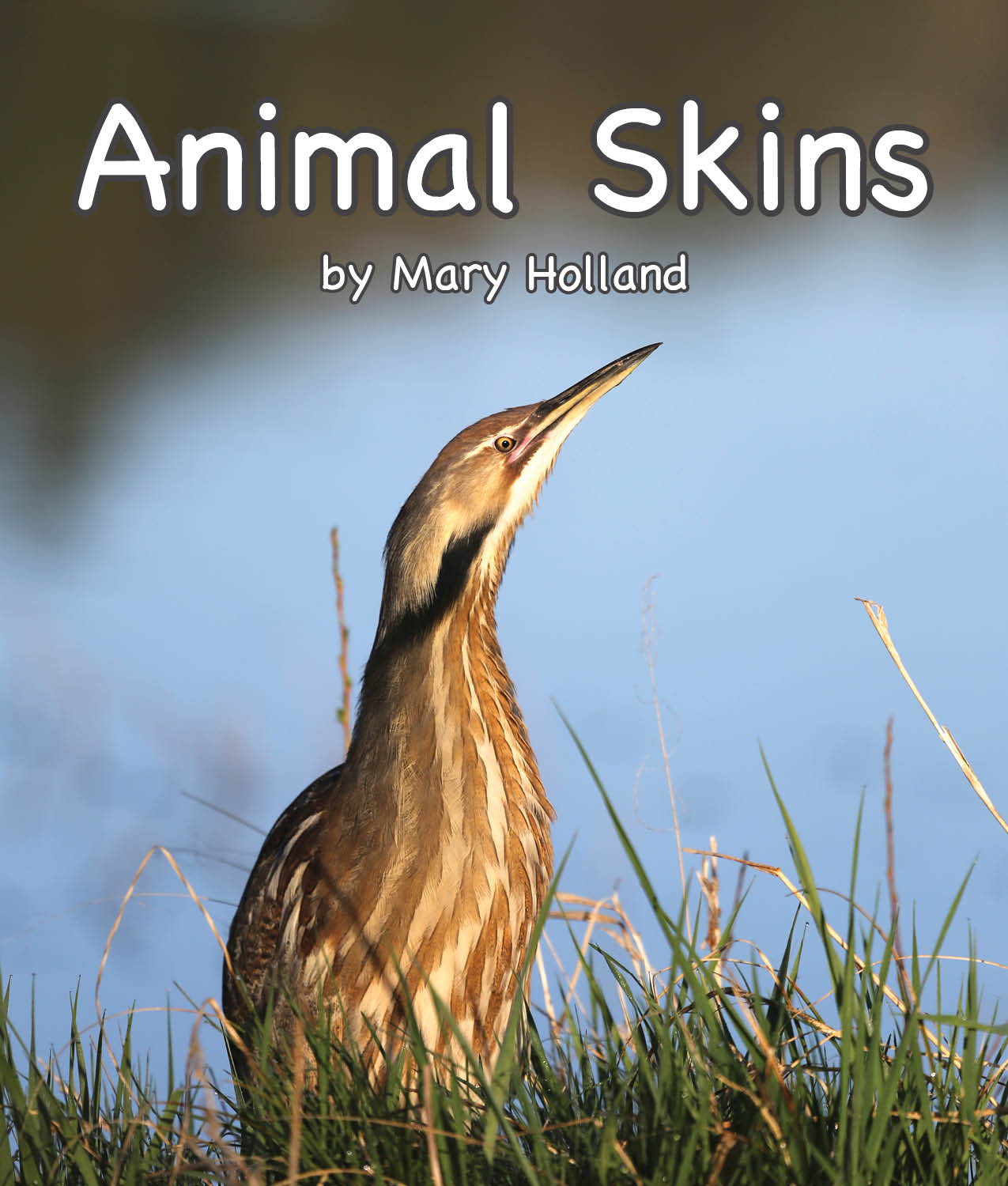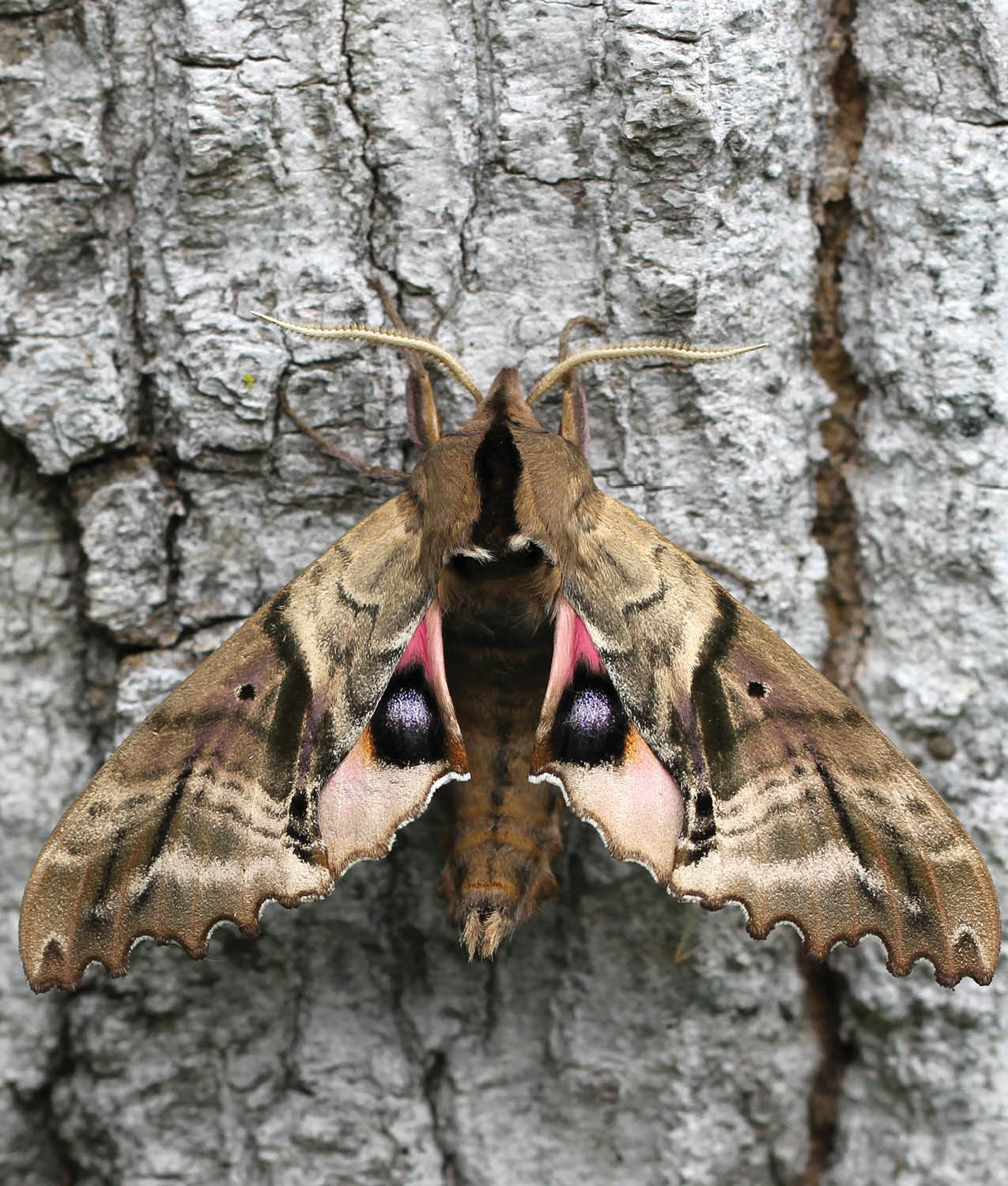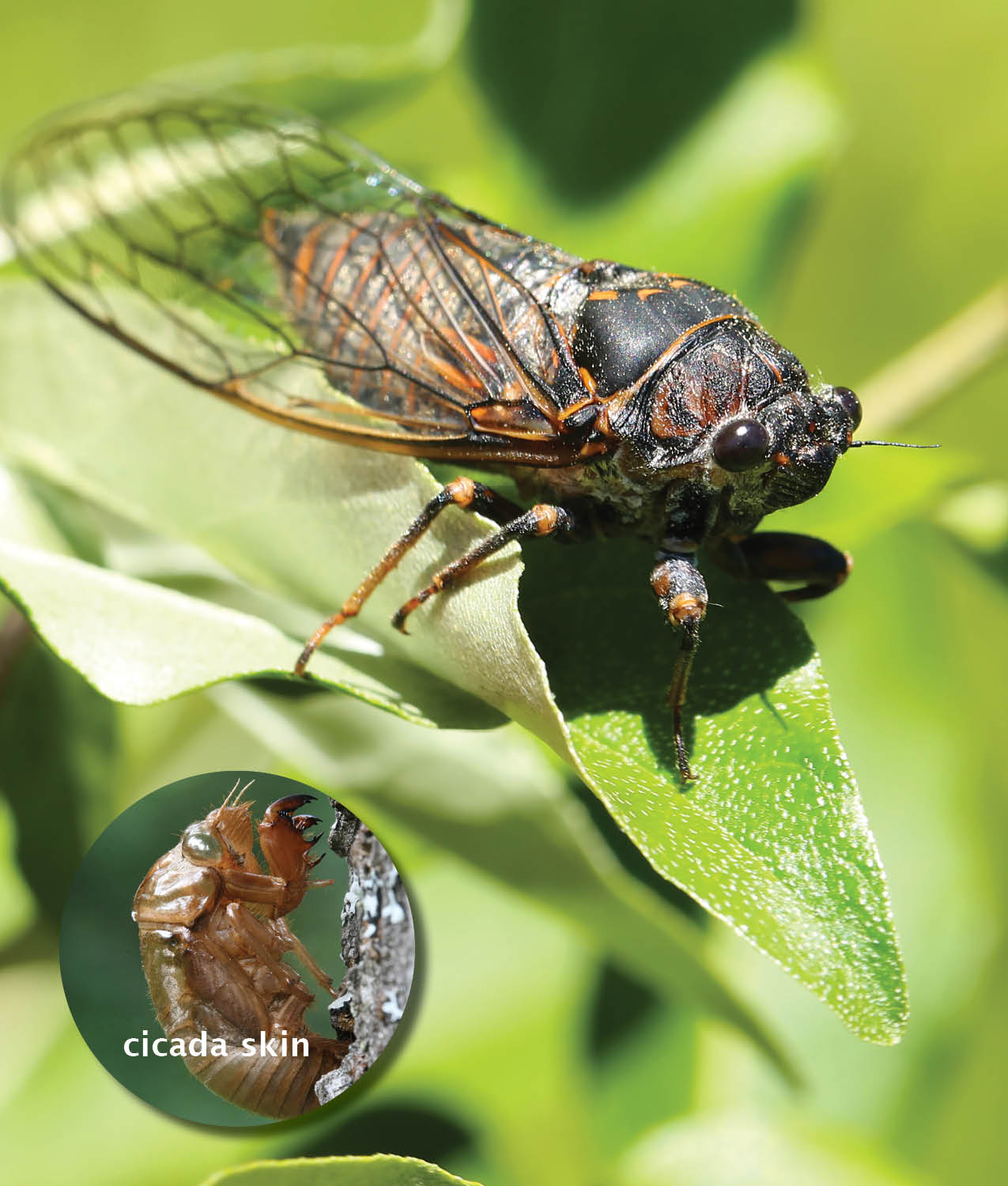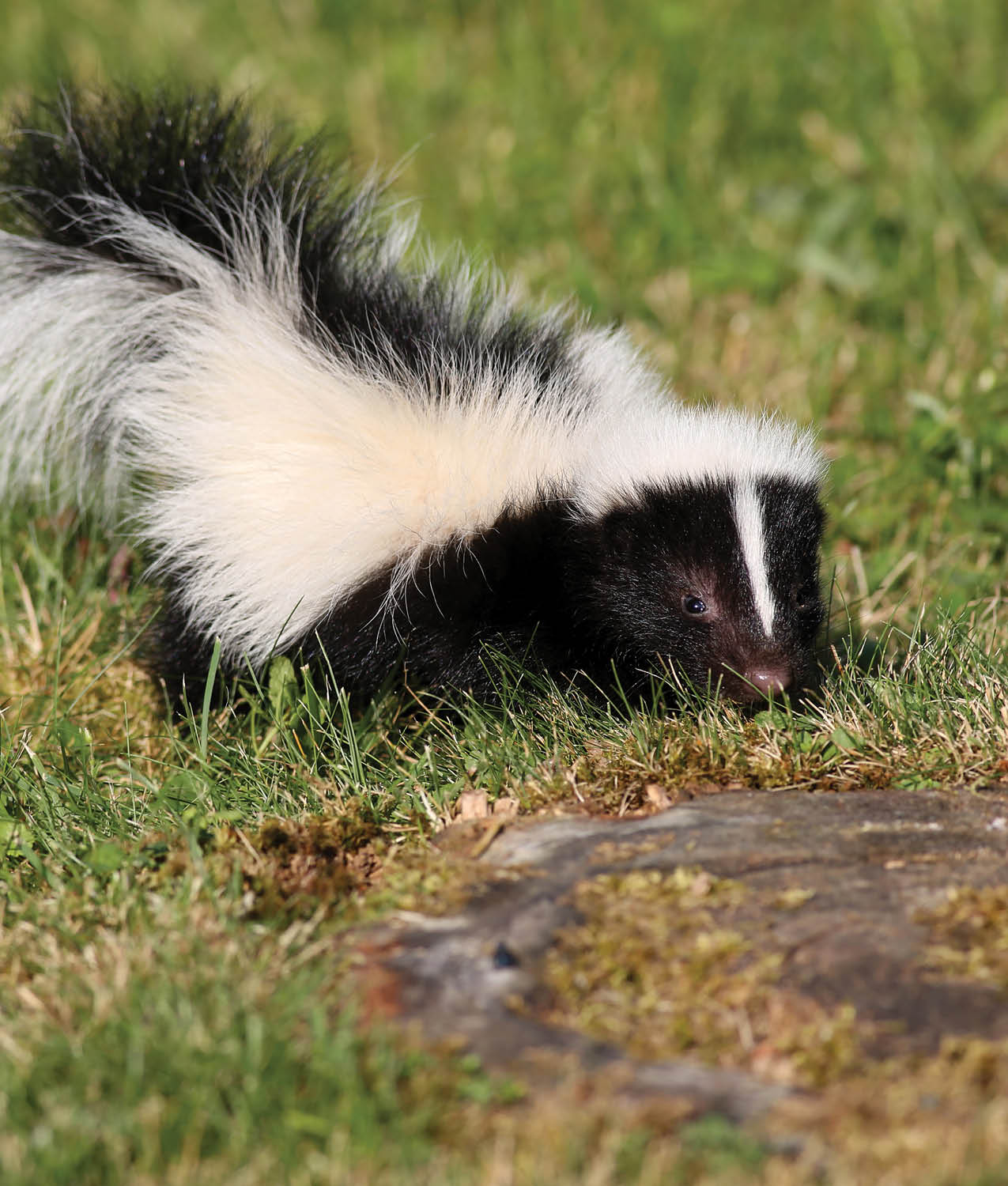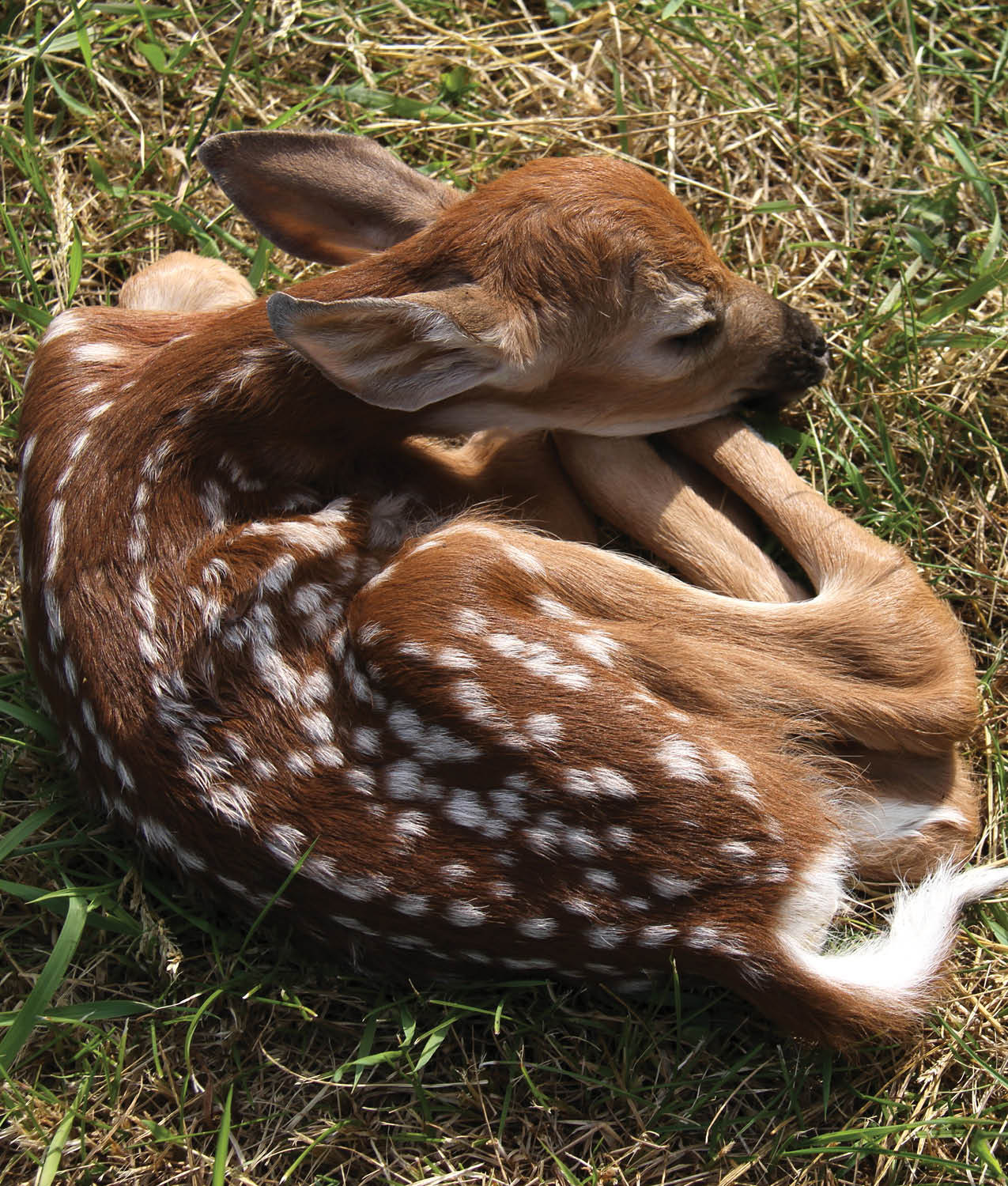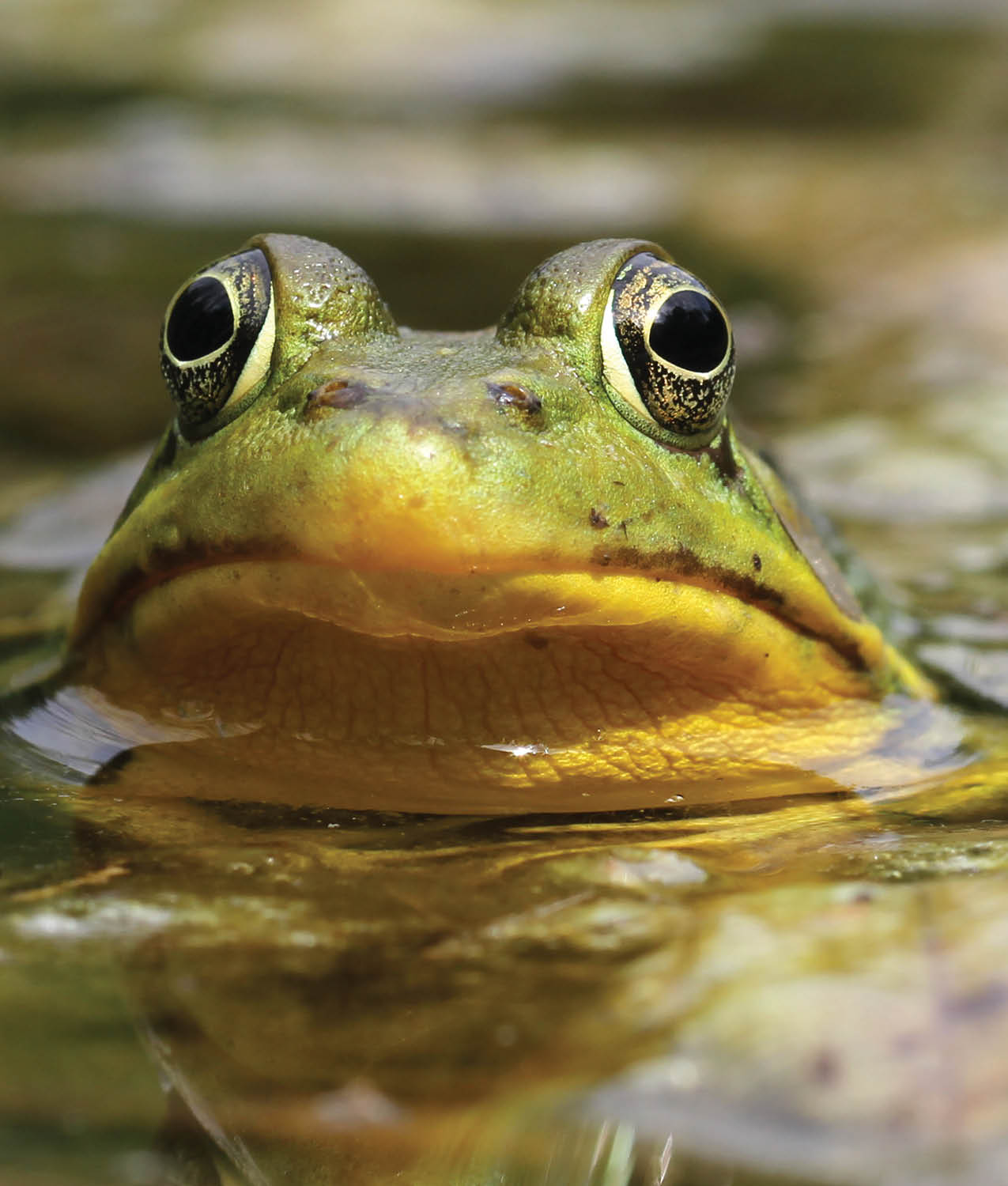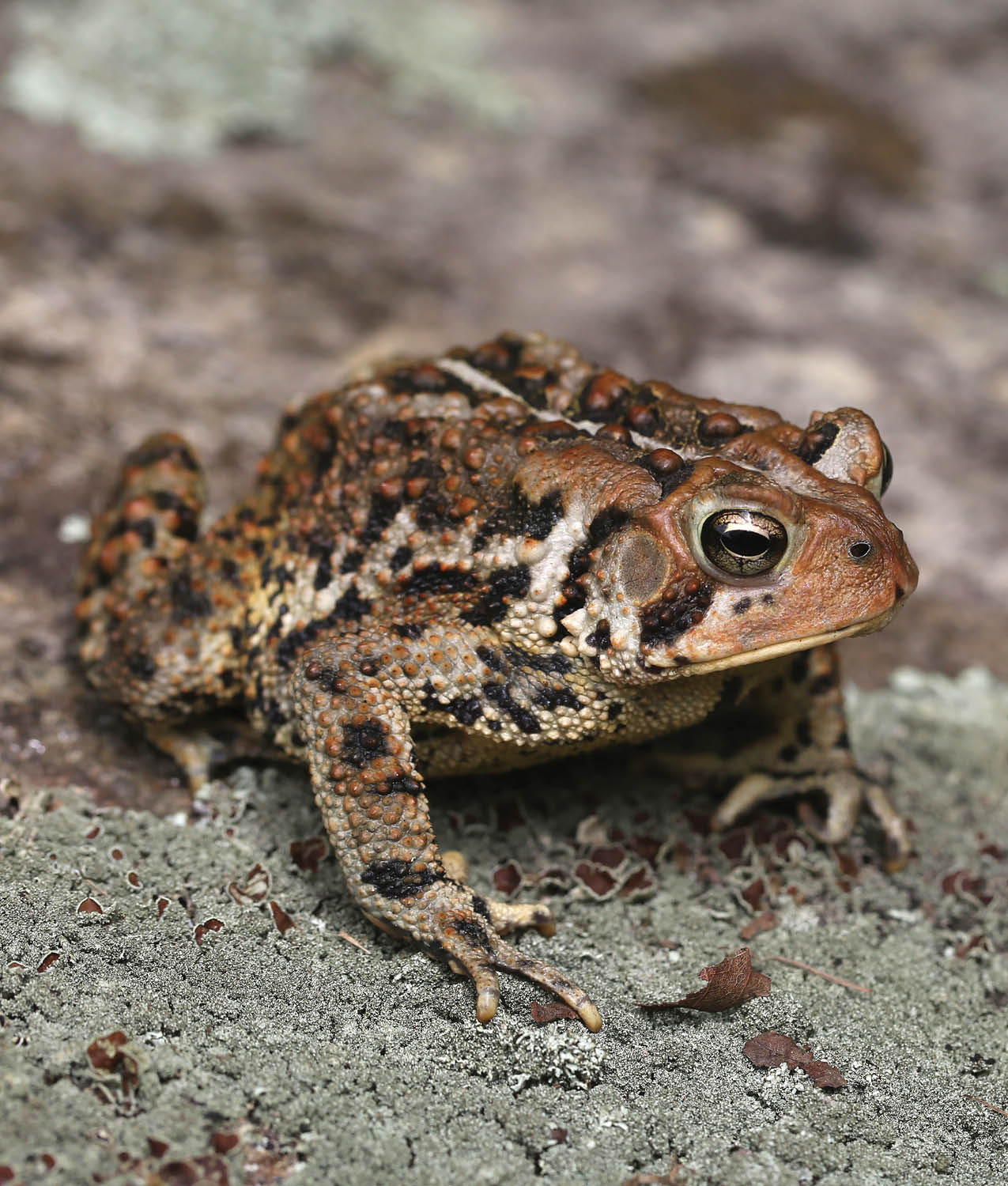
Fur ( hair ), feathers and scales are animal skin coverings that look very different from each other but do many of the same things . They can keep an animal warm and dry , protect an animal from predators , warn other animals to stay away , or even help an animal hide ( camouflage ). The wings and bodies of moths and butterflies are covered with tiny , powdery scales . The scales on this moths wings are colored to look like big eyes to scare off predators .

Our skin grows with us , but an insects skin ( exoskeleton ) does not grow . Like snakes , when a young insects skin gets too tight , it must replace it . The insect makes a new , larger skin under its old one and then sheds its old skin . Some insects shed their skin many times before they become an adult . After a young cicada grows wings , it splits its skin one final time and flies away .

Porcupines are mammals , and like all mammals , they have hair . Porcupines have three kinds of hair :
- Underfur short and thick , keeps the porcupine warm in winter
- Guard hairs long , sensitive hairs , act like whiskers , letting a porcupine know when it brushes against something
- Quills stiff , pointed hair used for protection
Quills are hard , hollow , and pointed , with little hooks at their tips . If you touch one , it will stick into you . But dont worry if you dont touch a porcupine , you wont get any quills in you . A porcupine cannot throw its quills any more than you can throw your hair !

A striped skunk is a mammal and has a black-and-white coat of hair . If an animal really bothers it , a skunk can spray it with a smelly liquid that comes out under its tail . Most animals dont get near skunks because they know that its striped coat means stay away or Ill spray you !

Young deer , or fawns , have no way of defending themselves if a predator comes along . To keep from being discovered , fawns have no scent for the first few days after they are born . During their first summer they are also covered with white spots . These spots help them blend in to the woods and fields where they live , so they wont be noticed .

Instead of hairs , birds have feathers . Feathers do lots of things help a bird fly , attract a mate and keep warm . When a bird gets cold , it can puff out its feathers and make little pockets of warm air in between them , next to its skin . These pockets of air help keep this blue jay warm even when it is snowing .
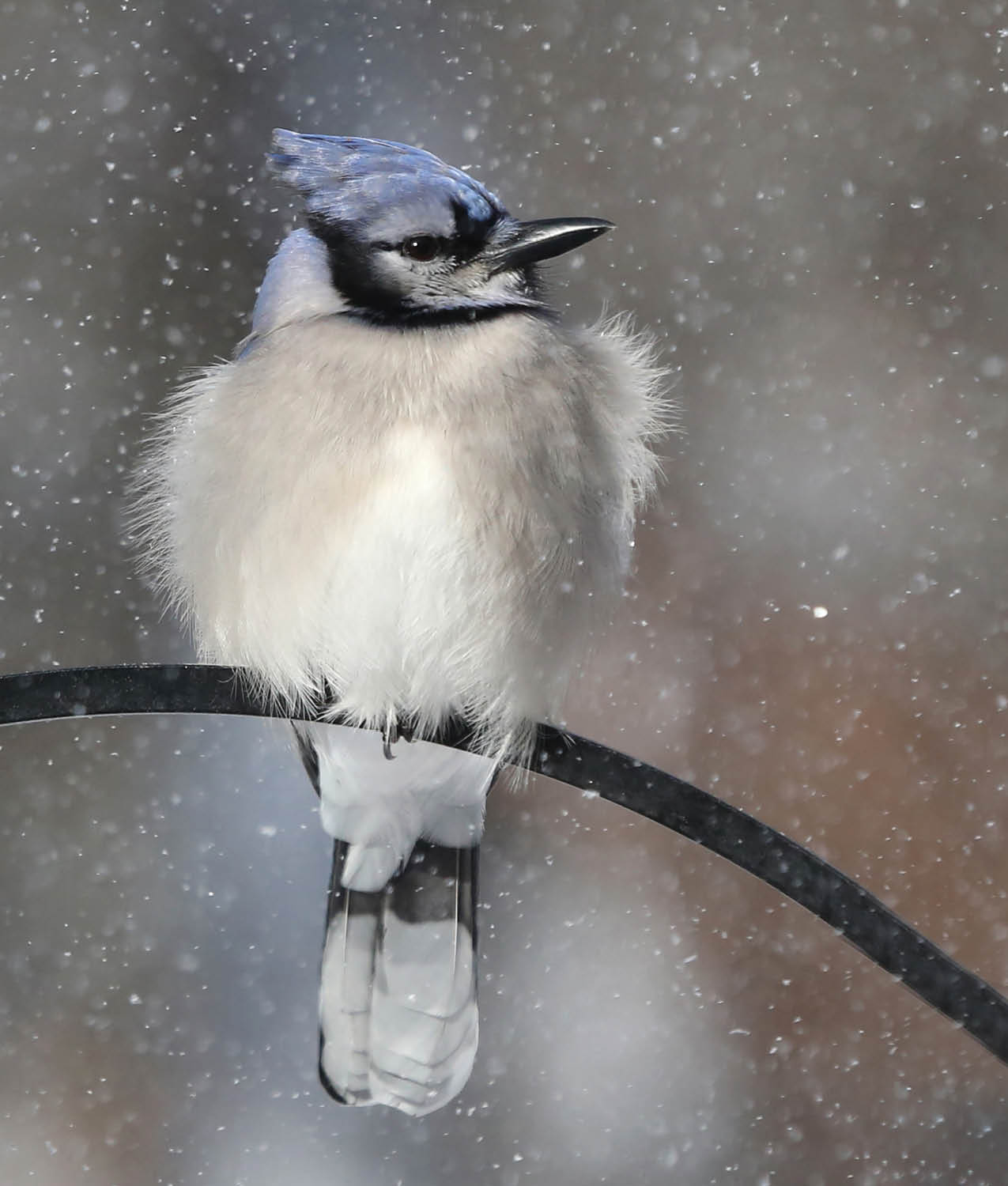
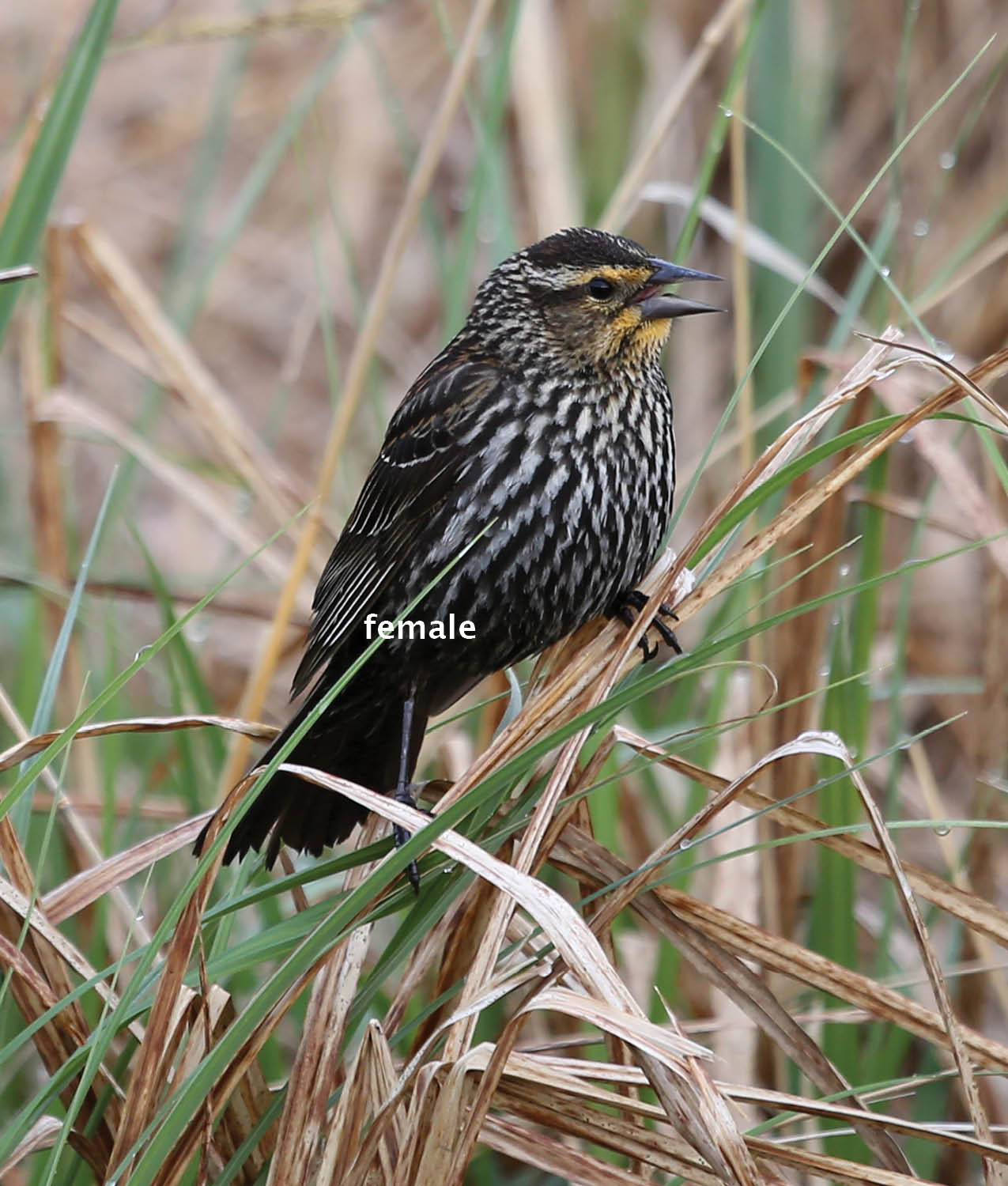
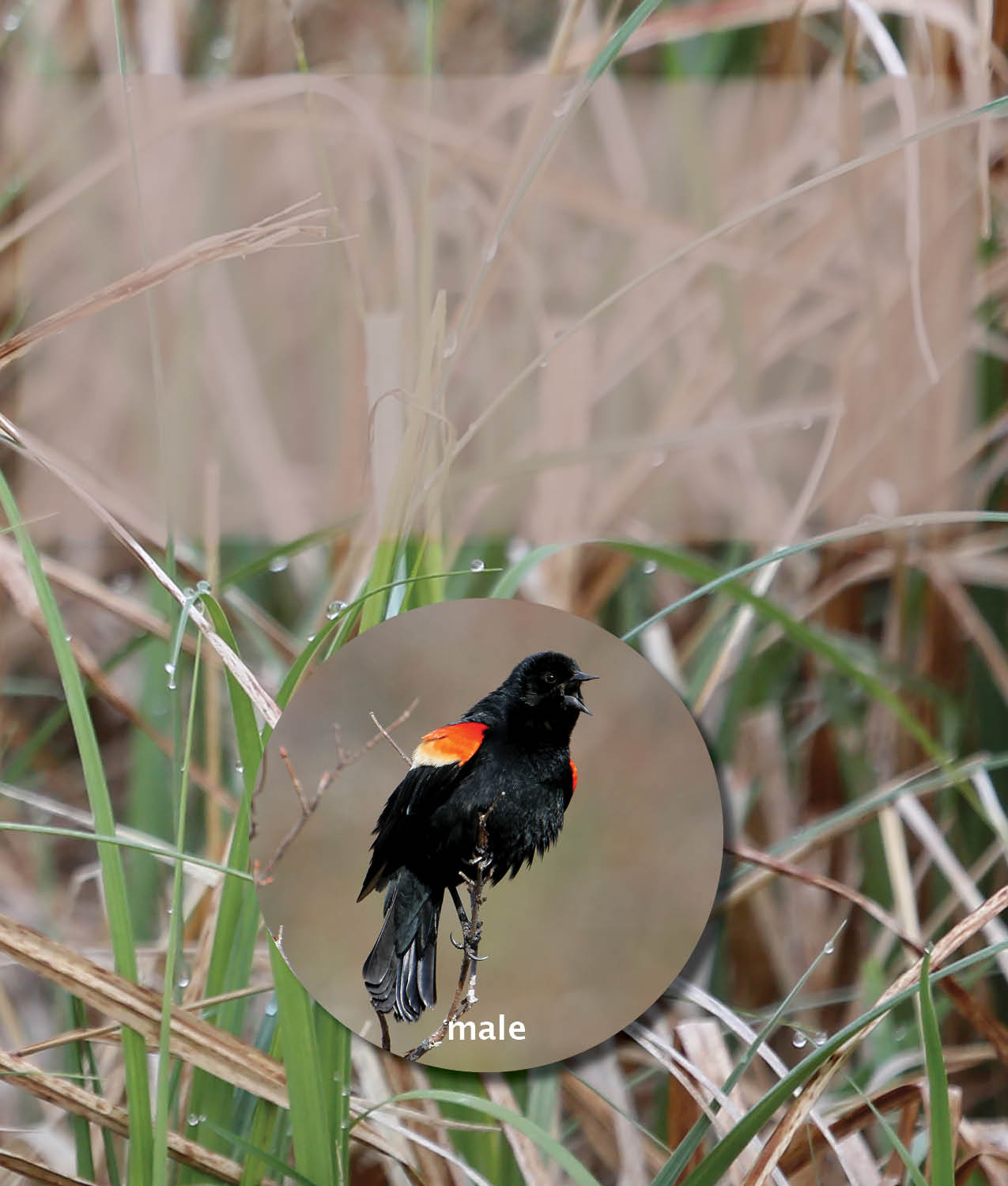
Sometimes the color of an animals skin covering can tell you whether you are looking at a male or a female animal . Many male birds have more brightly colored feathers than females . Can you think why this might be ? The female bird usually sits on the nest and incubates the eggs . Would bright feathers be easier to see ? Why would a bird on a nest full of eggs or nestlings not want to be seen ?

Frogs can do something with their skin that you and I cant they can breathe through it ! Frogs have lungs and take in air through their noses , like we do , but they also absorb oxygen through their skin . When they are under water or buried in soil , frogs only breathe through their skin , not their lungs . In order for them to do this , their skin must remain moist . Like snakes , frogs regularly shed their old skin . However , unlike snakes , they pull it off over their head with their front feet and then they eat it !
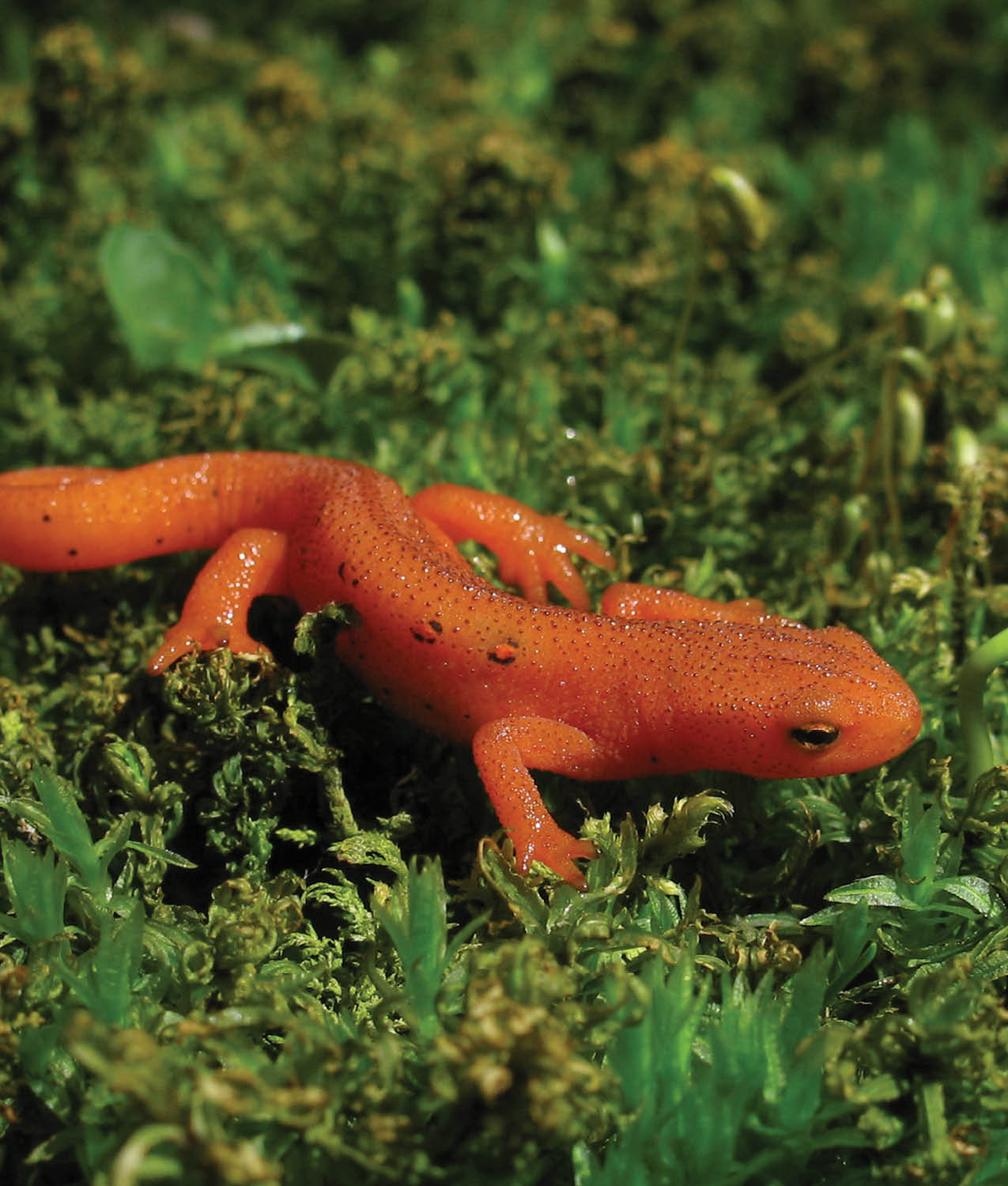

Sometimes the color of an animals skin can save its life ! Red efts are salamanders that live on land . Many animals would get very sick if they ate a red eft . The color red can mean danger . When salamander-eating predators see the red efts red skin , they know not to eat it !
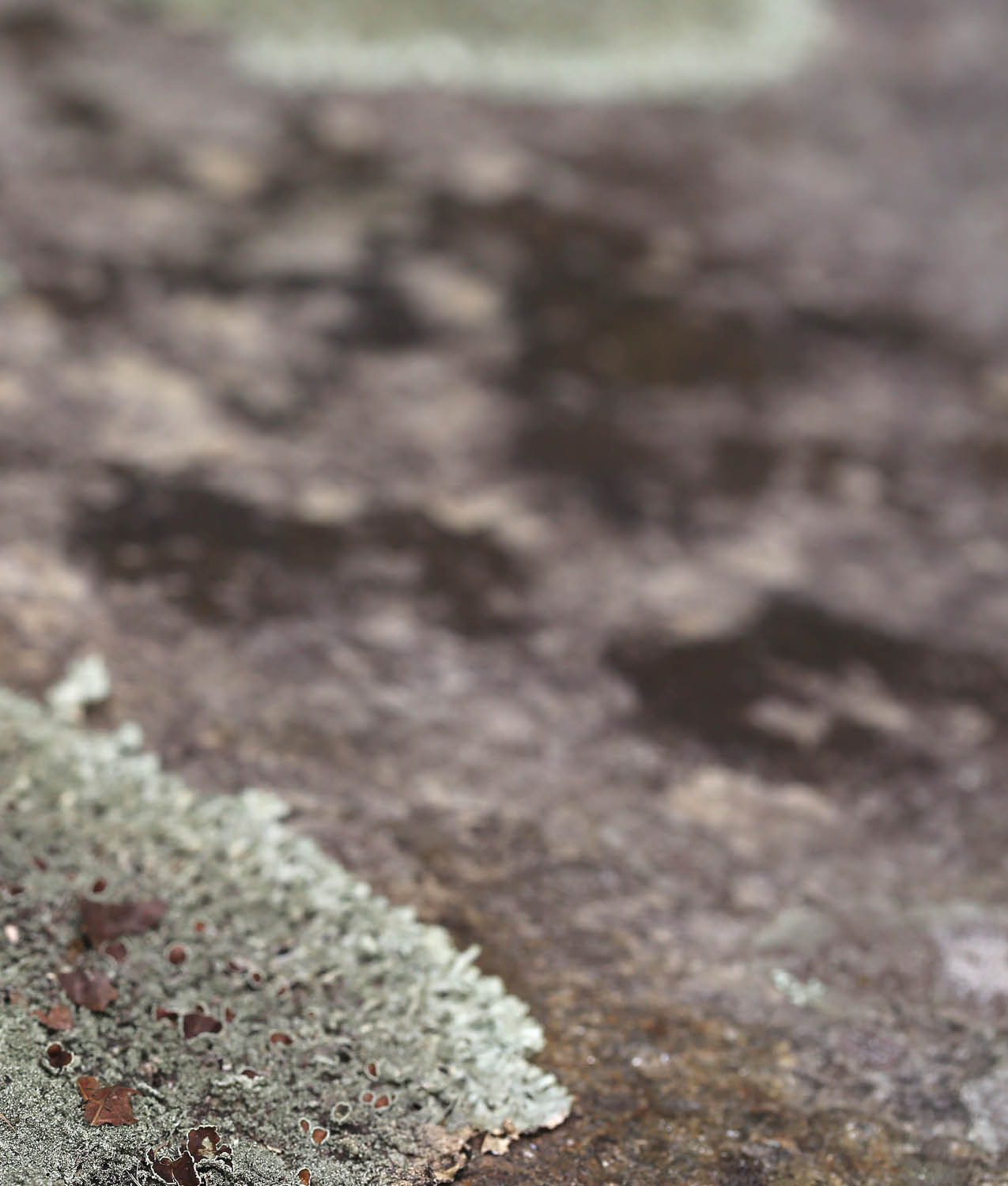
The American toads skin is also poisonous to some animals . It isnt colored brightly like the red efts skin , but there are bumps all over it . Inside these bumps there is a liquid that tastes bad and will make some animals sick if they eat it . However , holding an American toad is not dangerous you will not get sick or get warts !

